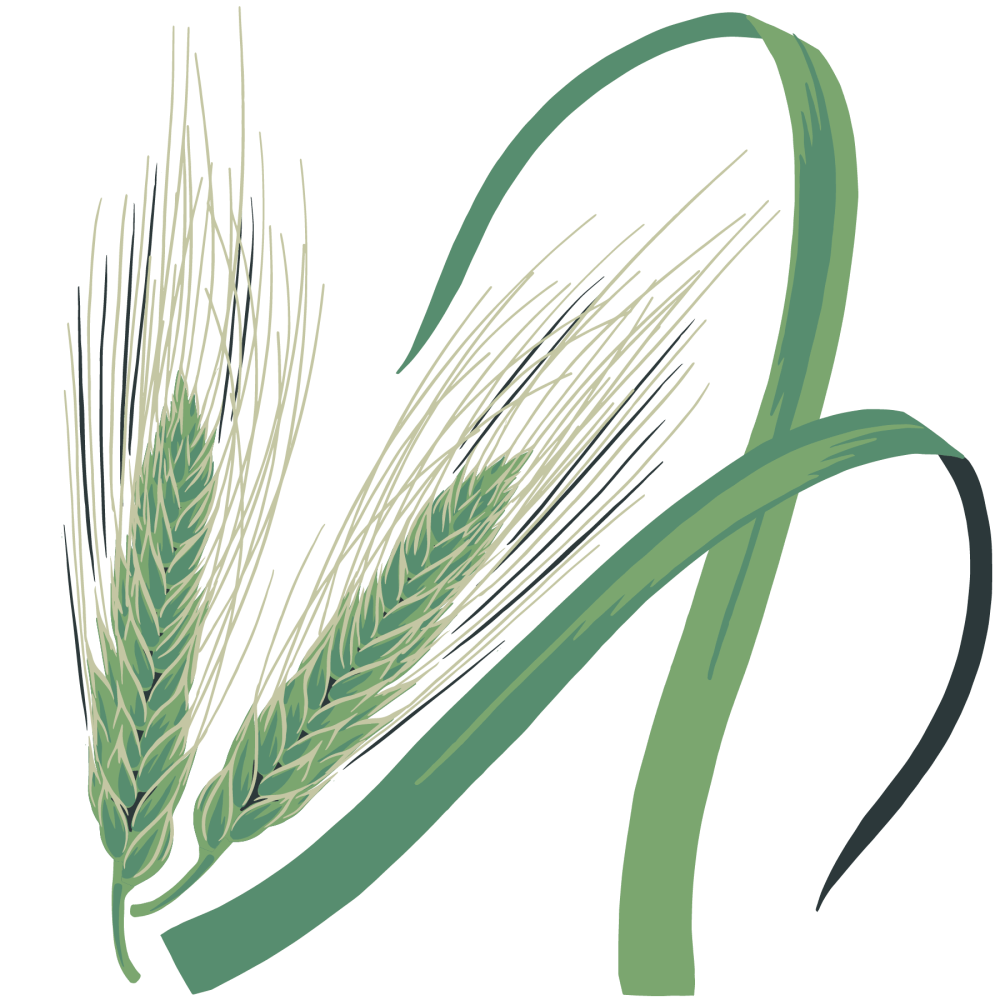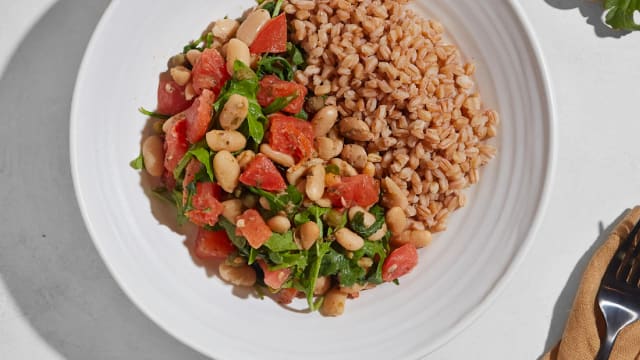Freekeh

Latin name: Triticum turgidum var. durum
Other names: farik
Uses: cereal
What is freekeh?
Freekeh is durum wheat that’s harvested while the grains are still green and soft. They’re processed differently than other wheat berries, though; the crop is piled up, sun-dried, and then burned. Because the grains are still green and juicy when they’re harvested, the quick fire just burns off the straw and chaff, lightly roasting the seeds. The toasted grains are then threshed by rubbing (their Arabic name farīk means ‘rubbed’) before being cracked to resemble bulghur wheat. Like other ancient grains, freekeh has gotten some buzz lately.
Why is freekeh healthy?
Freekeh is high in fiber and protein (durum wheat is famously protein-rich). It’s also an excellent source of manganese, magnesium, phosphorus, and potassium: all vital minerals for everything from bones to metabolism to healthy blood pressure.
What does freekeh taste like?
Freekeh has the earthy nuttiness of wheat berries, but the way it’s harvested and processed imparts a light sweetness and slightly savory, toasty-smoky flavor. It’s slightly darker than bulghur wheat but can be used in much the same way.
How do I use freekeh?
Anything you do with bulghur wheat, you can do with freekeh. Simmer it in your favorite broth and use it for hearty pilafs — it’s traditionally cooked with lamb or chicken, but it’s also paired with almonds and legumes (especially chickpeas) and spices.
In Tunisia, Libya, and Algeria (as well as throughout Central Asia, to which the dish spread was spread by Ottoman traders), freekeh is used as the foundation for the tomato stew chorba't frik, traditionally eaten during Ramadan; though mutton or lamb is traditionally added, Algerian versions also add eggplant, squash, potatoes, fresh beans, and/and peas. You can also make an avgolemono-style “white” chorba’t by skipping the tomato and whisking egg and lemon into the soup at the end.
What does freekeh pair well with?
Its roasted flavor plays well with the earthy sweetness of pumpkin, onions, and dried apricots or barberries in savory dishes. Like other whole grains, cooked freekeh makes a wonderful winter salad when paired with sturdy greens, crumbled sharp cheese, chopped nuts or pumpkin seeds, and a fruity vinaigrette.
Where does freekeh grow?
Freekeh originated in the Levant and North Africa and is still primarily grown and eaten there. It’s also common in the Mediterranean and Middle East (especially Syria, Lebanon, and Jordan), but because of its “ancient grain” buzz, the top companies marketing it are in the US, UK, and Australia.
How to buy freekeh:
Look for freekeh in Middle Eastern markets and health food store bulk bins.
Surprising Fact:
According to oft-repeated lore on the origin of freekeh, in 2300 BCE an unnamed Eastern Mediterranean nation, anticipating an attack from a neighboring empire, quickly harvested and stored their unripe wheat; the nation was burned and sacked, but when the people returned to their granaries they found the roasted green wheat was still edible — delicious, even.




